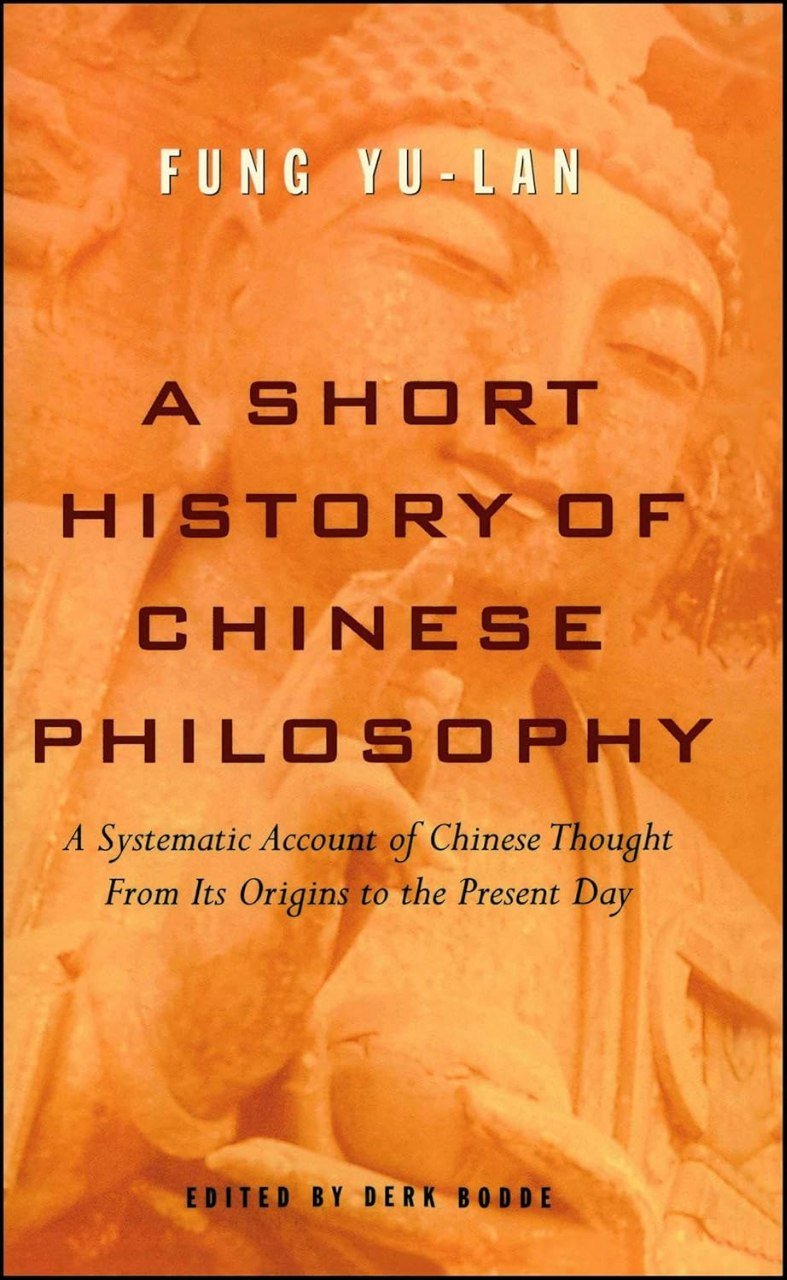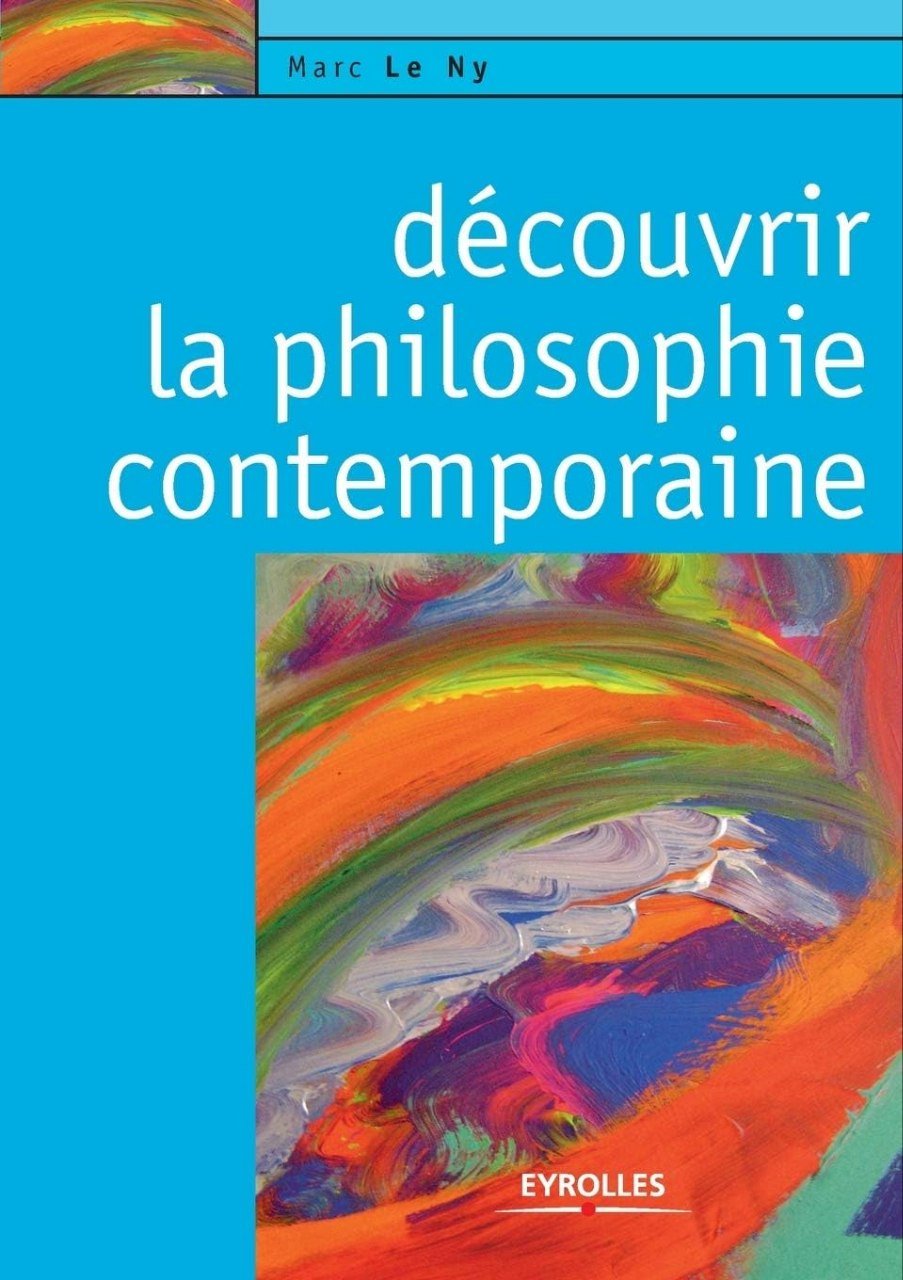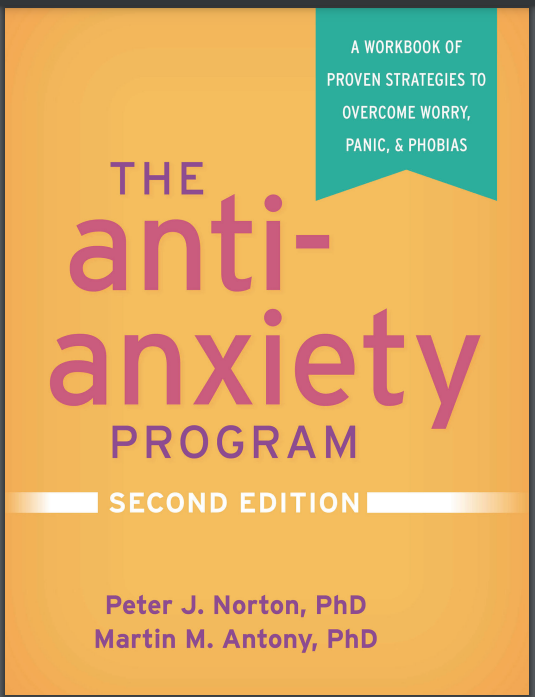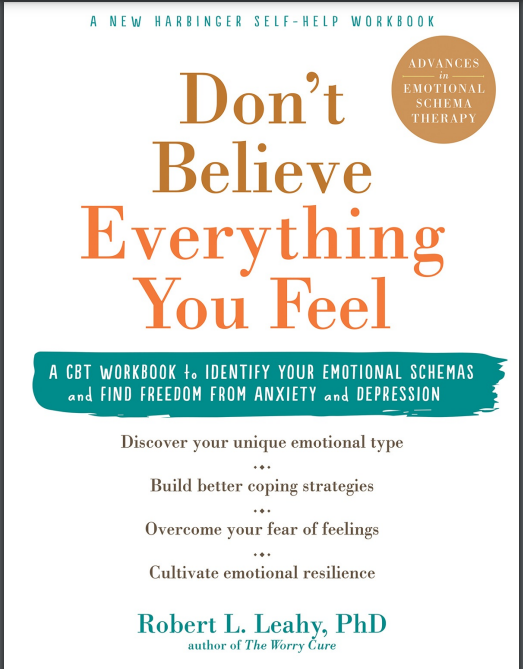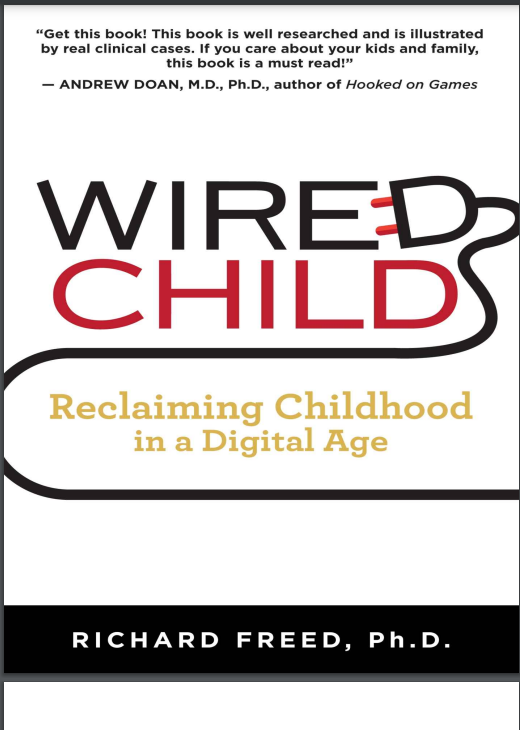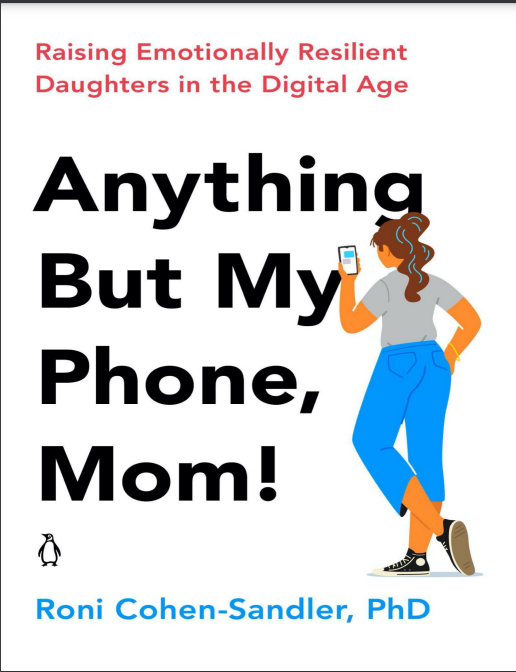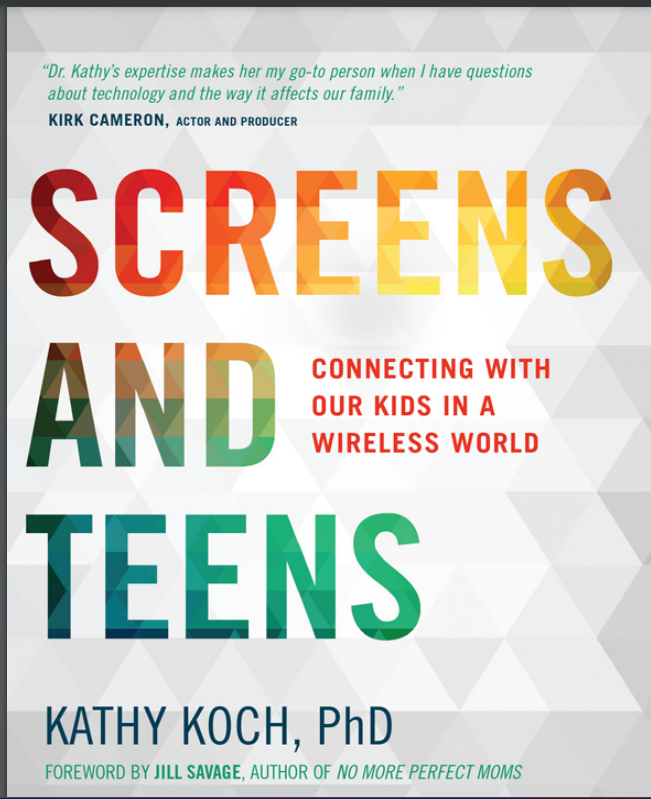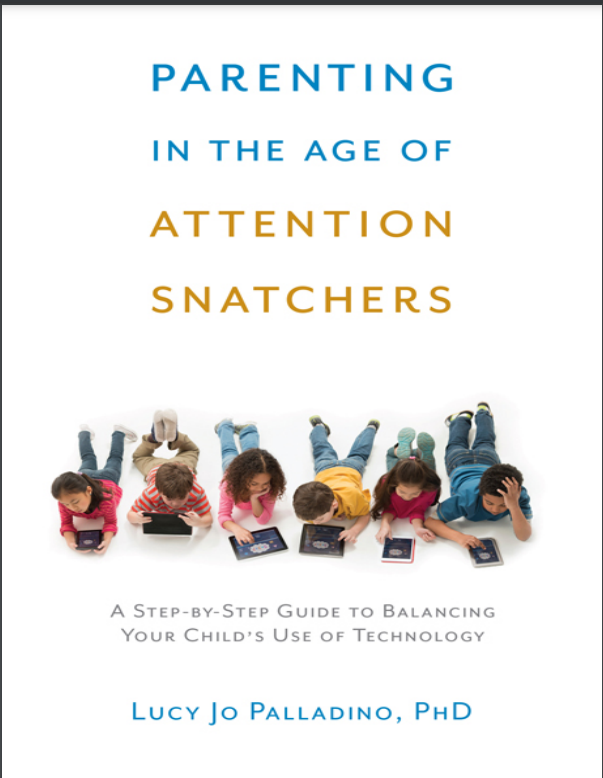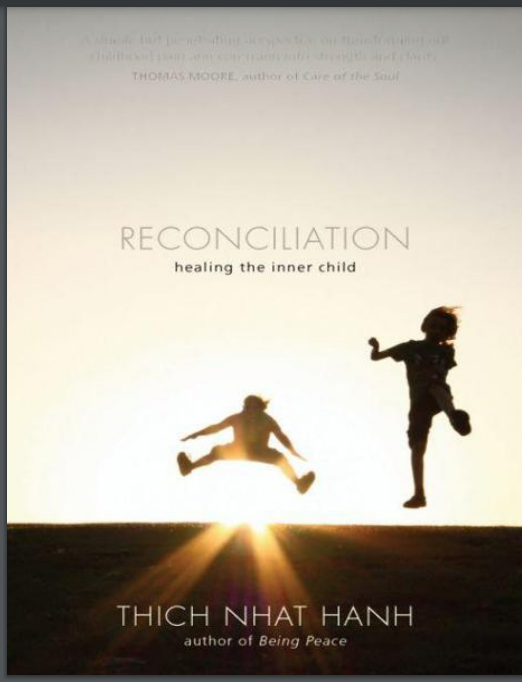

The Unity of Science by Rudolf Carnap
Reviews
No review yet. Be the first to review this book!
Description
The Unity of Science by Rudolf Carnap The Unity of Science is a pivotal work by Rudolf Carnap, one of the foremost figures of the Vienna Circle and a key proponent of logical positivism. Originally published in 1934, this concise yet impactful book lays out Carnap’s vision for a unified scientific enterprise in which all branches of knowledge are systematically connected through a common language and methodology. Carnap’s aim is to dissolve traditional philosophical problems by recasting them as issues of logical syntax and scientific clarification. At its core, The Unity of Science advocates for the idea that the sciences—whether natural, social, or formal—should not be seen as isolated disciplines with fundamentally different methods and epistemologies. Instead, Carnap argues for an integrated system of knowledge, built on the logical analysis of language and empirical verification. He proposes that scientific statements, regardless of the field, can be translated into a unified scientific language based on observation terms and logical constructs. This idea forms the basis for what became known as the "unity of science" movement. Carnap believed that metaphysics and many traditional philosophical questions stem from linguistic confusion. By applying the principles of logical analysis, he sought to eliminate meaningless metaphysical statements and focus on empirically verifiable claims. This emphasis on empiricism, logic, and clarity in language was a hallmark of logical positivism, the philosophical movement to which Carnap was central. In The Unity of Science, Carnap explores the structure of scientific theories, the role of observation and theory, and the relationship between different scientific disciplines. His approach reflects a profound optimism about the potential of science to solve problems and improve human understanding when freed from metaphysical and pseudoscientific obfuscation. The book also lays the groundwork for Carnap's later work on the "logical structure of the world" and his continued efforts to develop a formal language for science. His commitment to the logical and linguistic foundations of science significantly influenced twentieth-century philosophy, particularly in the philosophy of science and analytic philosophy. The Unity of Science remains an essential text for understanding the intellectual climate of early twentieth-century philosophy, especially the rise of logical empiricism. It continues to be a valuable resource for students and scholars interested in the philosophy of science, epistemology, and the history of analytic thought. Carnap’s vision of an integrated, rational, and empirically grounded scientific world continues to inspire discussions about the nature and scope of human knowledge.










































.png)

.jpeg)

.jpg)







.jpg)


.jpeg)





.jpg)



.jpeg)




.jpg)
.jpg)




.jpeg)


.jpg)
.jpg)

.jpeg)



.jpg)















